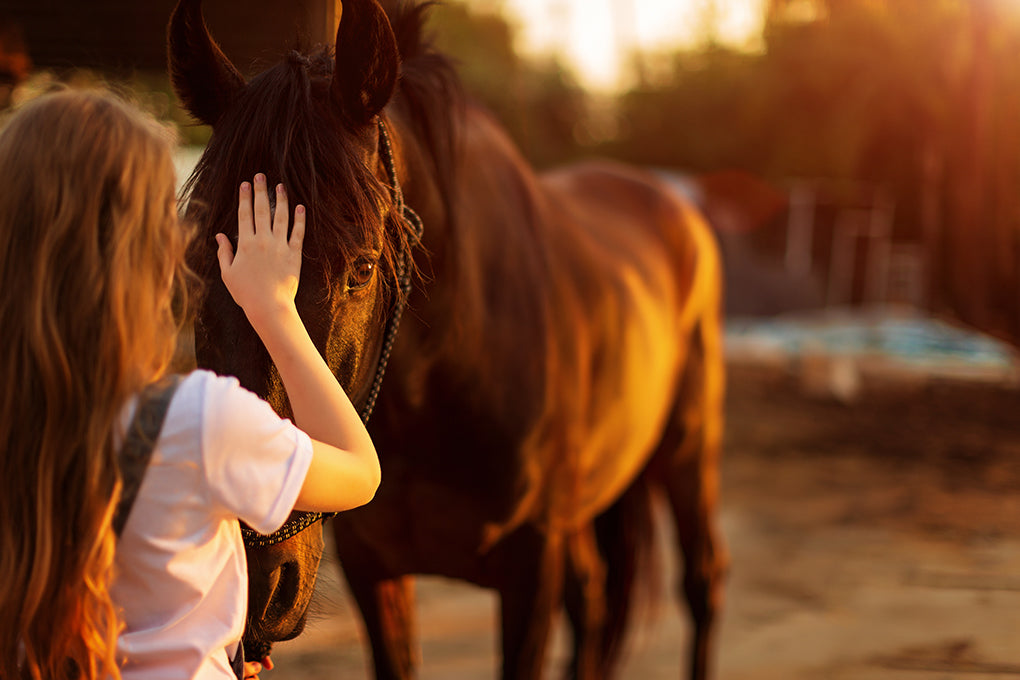
HORSE LAMINITIS: TAKE IT SERIOUSLY
As you've probably noticed, our articles often cover topics related to our canine and feline companions. I'm following suit here by discussing an important topic that should be of interest to every horse owner.
If you share your daily life with a horse companion, it's essential to educate yourself about the health issues they may encounter throughout their lives. In fact, some ailments may seem trivial at first glance, but can lead to serious consequences.
Here we will demystify a serious disease that affects a large number of horses. The following lines will deal with a little-known but very common subject: laminitis in horses.
Read this to get the tools you need to better understand what could happen to your horse if it develops laminitis. Be prepared to act quickly to avoid the worst.
What is laminitis?
This very common disease affects the feet of horses.
Other hoofed animals, such as cattle and donkeys, are also at high risk for laminitis due to their similar foot anatomy. Research has shown that 65% of hoof injuries in cattle are related in some way to laminitis.
Laminitis is characterized by inflammation of the lamellar structures of the horse's foot, resulting in a loss of strength between these two layers: the podophyllum and the keraphyllum. The cohesion between these two structures of the horse's foot is essential to its health.
This destabilization between these components of the foot causes movement of the third phalanx within the foot and can have painful results. The third phalanx is normally parallel to the ground and the hoof. Inflammation of the foot tissues can cause its angle to tilt downward.
If the inflammation is treated properly and quickly, before this phalanx displacement occurs, the horse can usually recover without any after-effects. However, this condition progresses very quickly, which is why it is important to inform a veterinarian at the first signs of inflammation to avoid the development of major after-effects.
The movement of the third phalanx can compress the blood vessels of the foot and this is why, in acute laminitis, congestion of the foot is observed.
If left untreated, or diagnosed late, the tilting of the third phalanx can continue until it pierces the sole (the underside of the hoof). The horse may then refuse to stand, and this can lead to colic or other very serious systemic problems in the long term. This condition can cause the loss of the hoof and, in some cases, even the death of the horse.
Read Symptoms of Laminitis to learn more about the signs to watch for in order to detect this disease in its early stages and thus avoid the worst.
Symptoms of laminitis
Depending on the cause and severity of laminitis, there are different presentations of this disease. The forelimbs are most commonly affected.
Laminitis can present acutely and chronically. An acute presentation will be very intense.
Here are some examples of the manifestations of acute laminitis in horses. They generally present chronologically in this order:
- Heat at the foot level
- Easily perceptible digital pulse
- Trampling, refusal to move
- Refusal to be handled at the foot level
- Lameness
- Weight transfer to the heels
- Refusal to remain standing
In very serious cases:
- Hoof loss
- Death of the animal
Other systemic signs such as the following may also be observed:
- Fever
- Increased heart rate and breathing (sign of pain)
- Digestive signs (colic, diarrhea) if the laminitis is caused by food (see Causes of laminitis )
- Prostration (if the horse is in intense pain)
A horse living with chronic laminitis may experience changes in the shape of its foot. Between recurrent episodes, this is sometimes the only noticeable symptom of the condition. Normally, the pain should subside between occasional acute episodes.
Causes of laminitis
The causes of laminitis are still unclear. However, many professionals agree on certain important risk factors:
Being overweight:
Obesity means the feet have to bear more weight. This extra pressure on the extremities creates trauma and can lead to inflammation.
Moreover, horses that favor one of their limbs can inflict this additional pressure on their opposite leg. This phenomenon is also observed during lameness.
A trauma:
Improper shoeing or working on ground that is too hard can also lead to inflammation of the foot.
A food cause:
It is one of the most common causes, along with obesity. Laminitis can occur as a result of an error made in your horse's diet.
Indeed, following an abnormally high carbohydrate intake, a horse can develop laminitis. This is often observed when horses eat a lot of green grass in early spring. This grass is very sweet and therefore its carbohydrate content is high.
In this case, laminitis is actually due to the release of bacterial toxins into the blood following this dietary error. This is called endotoxemia.
Other pre-existing pathologies can also induce endotoxemia and therefore potentially be indirect causes of laminitis: pneumonia, colic, episodes of diarrhea, metritis or even childbirth.
Two hormonal causes:
Cushing's disease and equine metabolic syndrome (a disease similar to diabetes in humans) are also risk factors.
A fellow animal health technician recently told me the story of a case she encountered in the course of her work. She was involved in the care of a pony suffering from laminitis.
He was too fat, she told me. She added that this horse had had its diet changed shortly before the episode, to a grass-based diet. This change, she said, happened very quickly.
She told me she noticed lines on the poor pony's hoof, a sign of a past bout of laminitis. She described him adopting a backward-swinging position, transferring his body weight onto his heels. This indicates acute pain at the tip of his hoof.
What should I do if my pet has laminitis ?
I invite you to consult the product FOURBURE for horses.
Having it on hand allows you to act quickly before even visiting the vet in case of laminitis. It supports your pet as it fights the toxins that can cause this condition. This product acts on the inflammation in the foot and promotes better blood circulation.
I remind you that in the event of laminitis, it is essential to act quickly given the serious consequences it can cause. Promote your horse's good health with this product at the first signs of inflammation so that it stays well in the long term.
As mentioned earlier, this condition can deteriorate quickly. Patience is required, as laminitis, especially in its chronic form, can take months to heal.
The veterinarian will make a diagnosis of laminitis following the analysis of clinical signs ( Symptoms of laminitis ). He will confirm the severity of the laminitis and monitor its progress using X-rays, following the angle of the 3rd phalanx on the images obtained.
Once a diagnosis of laminitis has been made, the first thing to do is to treat the cause. If, for example, the horse is overweight, laminitis will only persist if the animal does not lose the excess weight that causes inflammation in the foot.
Do you know how to care for your horse if it suffers from laminitis?
- Administer anti-inflammatory drugs and/or antibiotics : Your veterinarian may recommend anti-inflammatory medications. These help manage foot inflammation and are effective in relieving pain. They may also recommend antibiotics if the laminitis is caused by bacteria. Follow your veterinarian's treatment plan carefully to increase the chances of a quick and complete recovery.
- Providing proper shoeing : If your farrier has access to x-rays, they can provide the horse with a shoe that is appropriate for the severity of their laminitis, which should make them more comfortable and speed up healing.
- Complete rest : The horse should be confined to the stall during the recovery period. Providing deep, soft bedding will aid in healing. Providing a companion for your horse during this period of isolation can help reduce stress and promote recovery.
- Diet : Change your pet's diet according to your veterinarian's recommendations. They may recommend a water diet for a while.
- Cold : Your veterinarian may also recommend applying cold to your horse's hoof and pastern to provide relief. However, cold can also affect blood circulation in the foot and, in some cases, can impede healing. Follow your veterinarian's advice, which will be tailored to your horse's condition.
After a few weeks of treatment and extensive veterinary monitoring, the phalanx tilt should stabilize. The horse's gait may improve following treatment, but it may also remain compromised.
Prevention
Here are some actions that can be taken to prevent the onset of laminitis:
- Managing a horse's overweight by following an exercise program.
- Avoid prolonged exertion of the animal on hard ground.
- Avoid a drastic diet change to grass.
- If the horse accidentally gains access to green grass (rich in carbohydrates) and ingests a large amount, consult a veterinarian. Do not wait for symptoms of laminitis before taking action in such circumstances.
- Maintain your horse's feet regularly.
- Treat any problems with your horse's feet immediately.
- Check your horse's digital pulse every day.
- Be alert for any form of infection.
- Provide small meals, more frequently.
- Screen for hormonal diseases predisposing to laminitis.
In summary, equine laminitis is a very common condition that must be taken seriously. This disease, which affects the hooves of horses, cattle, and donkeys, is debilitating and can have disastrous consequences if the situation is not addressed quickly.
Keep the causes of laminitis in mind during your horse's daily care and monitor for symptoms. Have our product on hand so you're ready to act at the first sign.
Laminitis is a serious and complex disease. I hope this information has helped you better understand it and that you now feel better equipped to prevent its development in your equine companions.



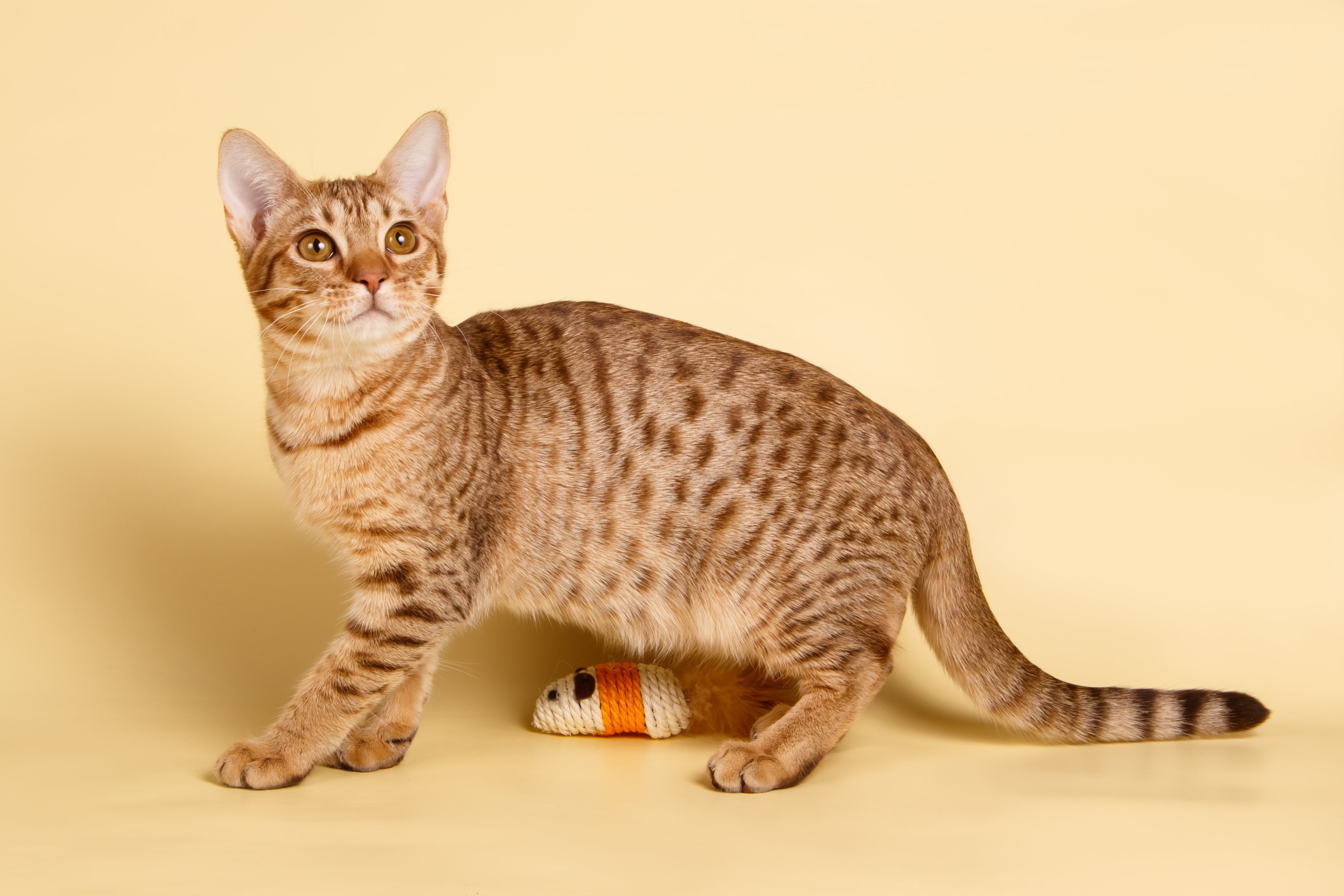


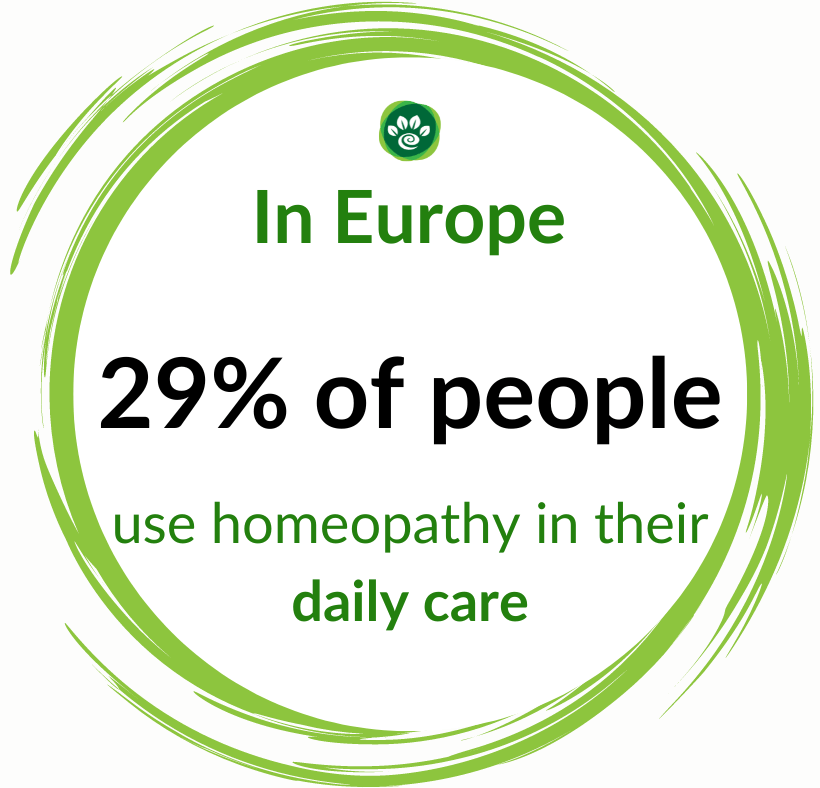
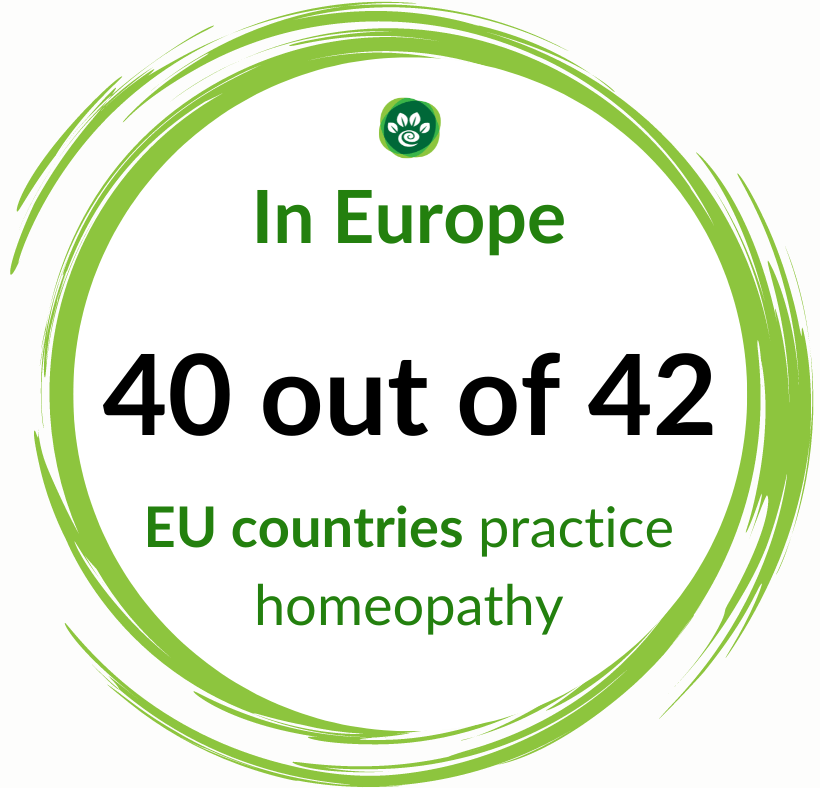
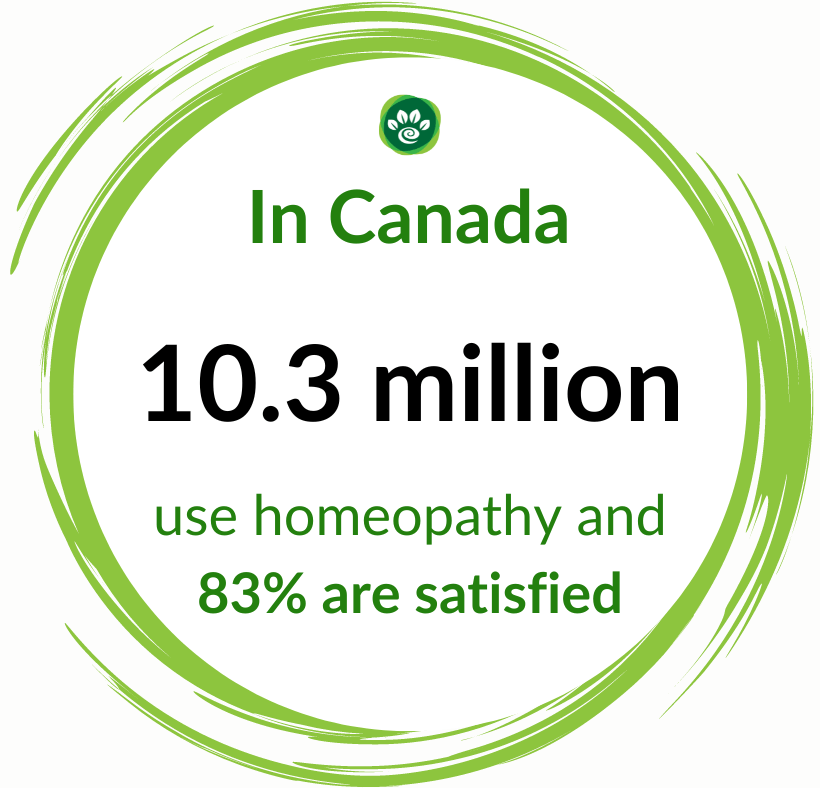
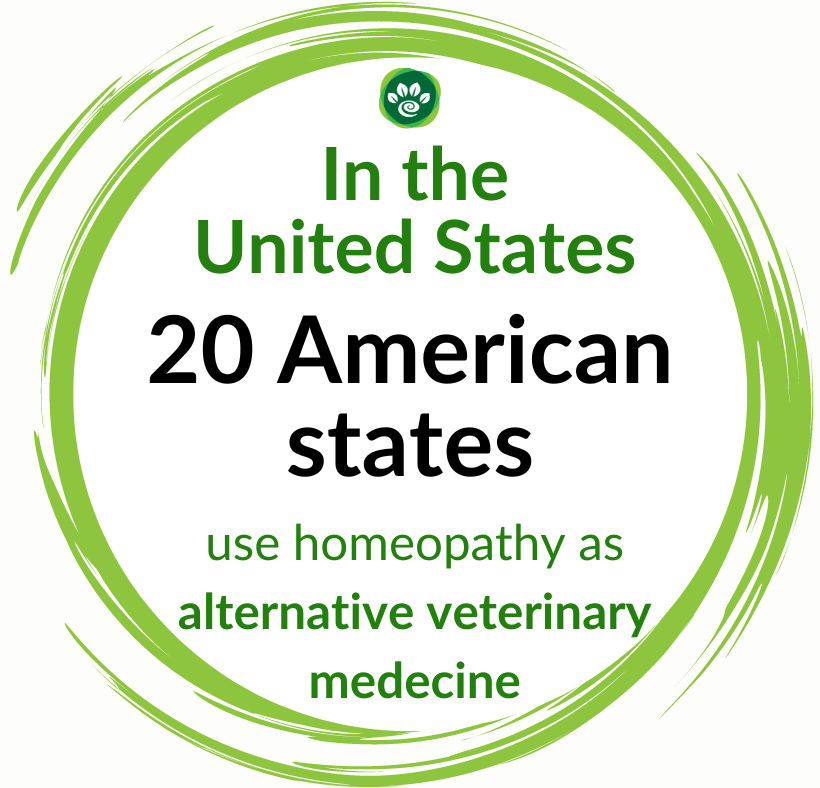










Leave a comment
This site is protected by hCaptcha and the hCaptcha Privacy Policy and Terms of Service apply.